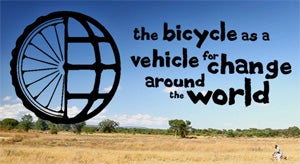 I was recently invited to a panel discussion to comment on the movie ‘With My Own Two Wheels’ (http://www.withmyowntwowheels.org) which illustrates how bicycles can serve as a missing link to development. It follows the transformation taking place in the lives of 5 individuals. These mini stories are closely related to some World Bank pilot projects done in the mid-1990s which focused on interventions such as providing bicycles as assets and modes of transport for poorer segments of developing country populations which tend to walk, and showed improvements in terms of time savings and income generating opportunities.
I was recently invited to a panel discussion to comment on the movie ‘With My Own Two Wheels’ (http://www.withmyowntwowheels.org) which illustrates how bicycles can serve as a missing link to development. It follows the transformation taking place in the lives of 5 individuals. These mini stories are closely related to some World Bank pilot projects done in the mid-1990s which focused on interventions such as providing bicycles as assets and modes of transport for poorer segments of developing country populations which tend to walk, and showed improvements in terms of time savings and income generating opportunities.
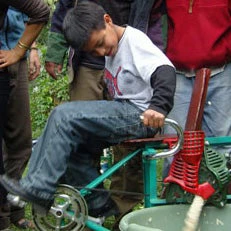
Finally, a bicycle can lead to the creation of job opportunities through maintenance systems and usage seminars. A young man in California, USA becomes a mechanic trainee, thereby gaining recognition and acceptance from his peers for his competence in fixing bicycles. On the other side of the world, a woman with physical disability in Ghana is able to learn new skills while earning a living and a place in society, providing her with tremendous opportunities traditionally considered challenges for women with physical disability.
Important considerations that may be missing from the movie story line that are important to mention for donors and governments relate to the success factors of bicycle donation programs. Documented experience from leading organizations such as ITDP, World Bicycle Relief and Bikes for the World, have confirmed that factors that may hinder the success of bicycle programs in developing countries may include:
- lack of ownership by the target groups;
- political power in place within a community or a household that may influence who gets access to the bicycle;
- whether a manufacturing base is in place to support the project and offer a market for the supplies and parts that are often missing and even more expensive in developing countries.
Sidelval and Francilei repair bicycles to earn a living in Rio Canoas in the Amazon region of Brazil, near Manaus. Brazil. Photo: © Julio Pantoja / World Bank
In the end, projects should be at a scale that will make a project commercially viable and with an understanding of local cultures in terms of factors related to design, gender adequacy and terrain adaptation.
For us at the World Bank, the movie offers a candid reminder that the future of bicycles and our ability to embrace their innovative use will rest in combining accessibility with safe mobility benefits. This should be done within a logic of environmentally sustainable transport strategies that are increasingly becoming a reality across the world where rapid urbanization and motorization are taking place.
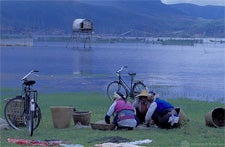 |
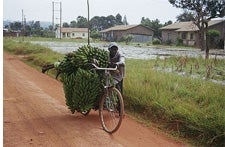 |
| Women at lakeside with bicylces. China. Photo: © Curt Carnemark / World Bank | Hauling bananas by bicycle. Tanzania. Photo: Scott Wallace / World Bank |
© Photos of 'bicimaquina' for maize grinding and water pump courtesy of http://www.mayapedal.org/

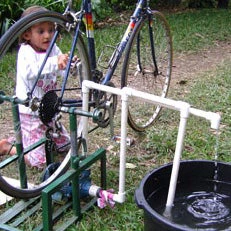
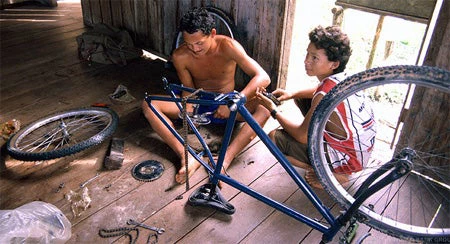

Join the Conversation